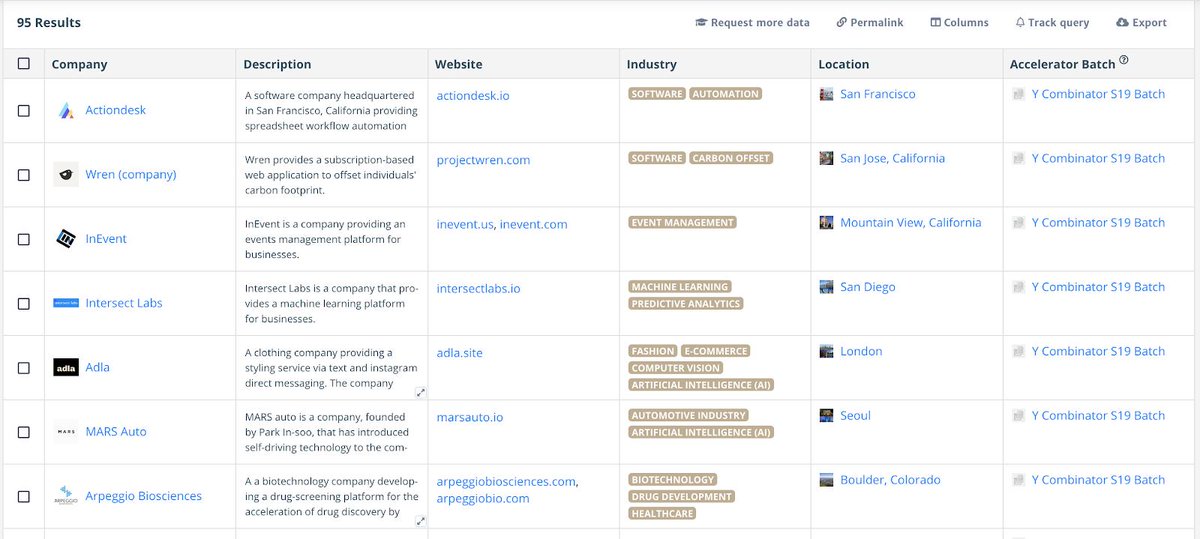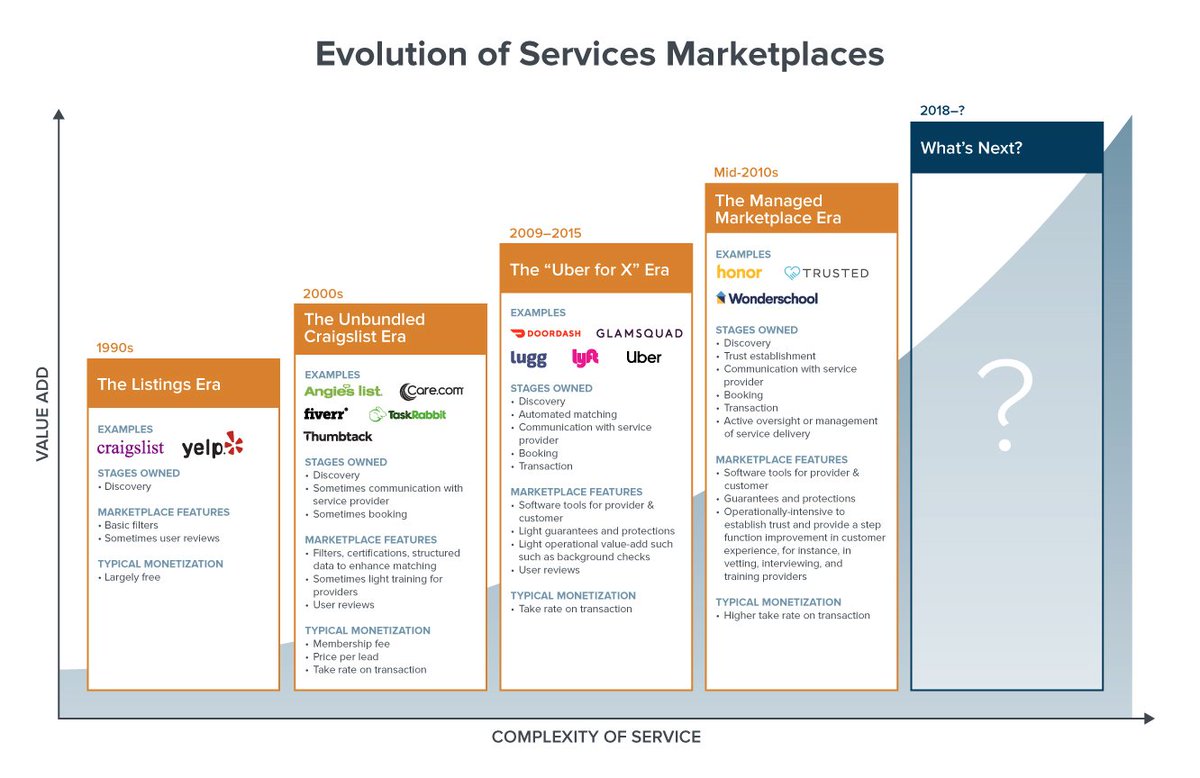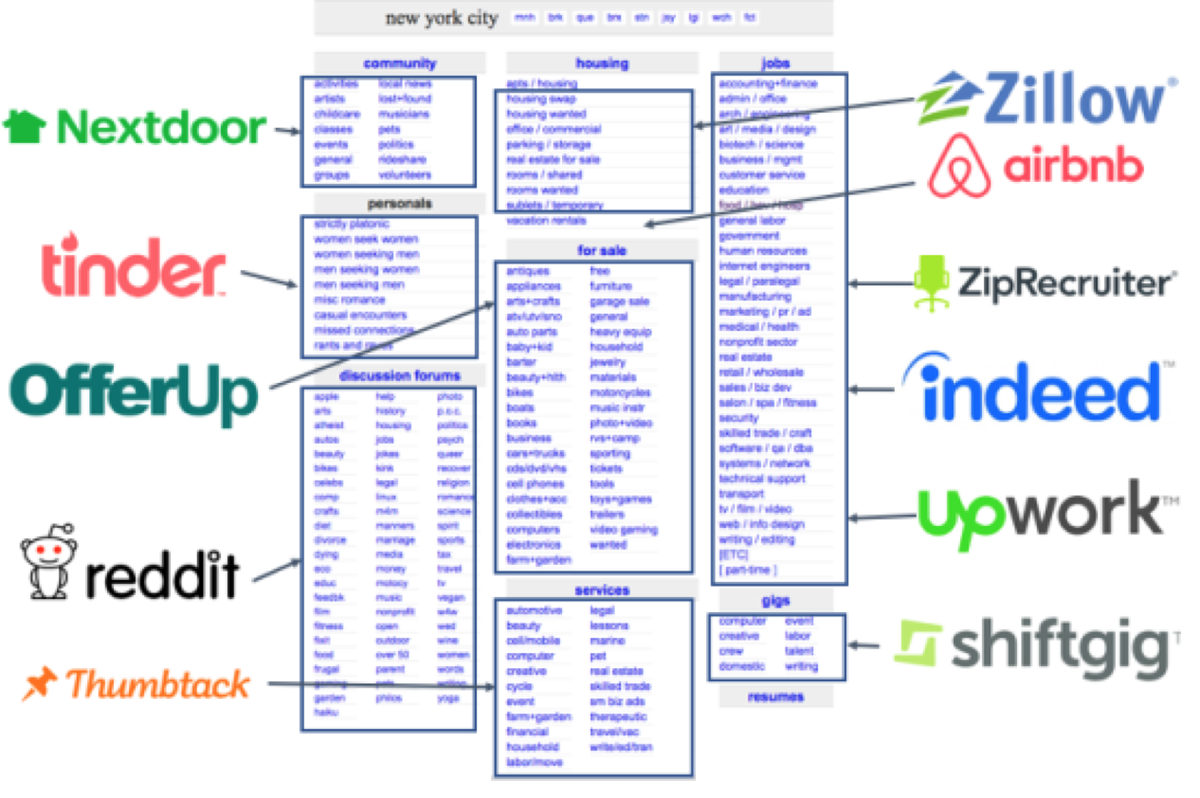You should start promoting yourself and building your audience before you have a finished product or even before you have a great idea that you want to build.
1. The major problem most startups face is marketing and the ability to carve out a niche, find and retain paying customers.
Even with a stellar developer team and a stellar product, your startup may not grow or survive without a great marketing and sales teams.
You should start promoting yourself and building your audience before you have a finished product or even before you have a great idea that you want to build.
Most first-time developers actually ignore marketing.
They’re oblivious to the challenge of attracting people to take a look at something they’ve created.
There are so many times that I have seen developers spend countless hours building something, releasing it with no fanfare...
Create a website on your domain name and start publishing great content about things that you know (or even things you’re working on or trying to learn about).
Don’t fall into the idealistic developer trap of wanting to build this from scratch.
Use something like WordPress and with a plugin or two you can get a great website, blog or even a MVP done...
This time is better spent on building an audience and talking to actual people you are trying to serve.
Traditional PR and getting press mentions is not as efficient and cost effective for startups. It’s difficult to become a new Warby Parker.
Paid advertising on Google and Facebook is fine if you can afford it and have time to..
It stops producing results as soon as you stop paying. Same can be said for influencer marketing.
Content marketing, on the other hand, is easy to start with (you can simply produce content yourself) and if done well
Content can be anything from blog posts, YouTube videos, podcasts, and live streams.
It depends on what fits best for you (and the audience you’re trying to target).
Your first customers will find you through your content.
Building an audience can even help you figure out what product to create and...
Ask visitors to sign up to a mailing list and follow your journey
You want a reliable way of reaching out to the audience that you are building.
Social media is definitely not a very reliable communication channel.
Due to the different algorithms in place, you rarely get more than 10% of your...
Email marketing is different.
It’s a very low tech and flexible medium.
It’s very personal and gets higher reach than social media.
Start growing that mailing list straight away.
Most people who discover your startup are not ready to buy straight away.
They need time and may need your product only in the future.
You have many WordPress plugins that allow you to insert various calls to action on your content asking people to sign up to hear from you.
This is also something you can experiment a lot with trying to find the best copy, the best offer and the best location for your call to action.
On the other hand, I’m happy to experiment with messages that show up depending on how long a user has been on site, how deep the visitor has scrolled down the page
Get used to being ignored. You have put a lot of time and effort into something be it a product or a blog post.
You release it into the wild but get no feedback whatsoever.
The Internet is a great place for people to join a community and passively observe.
There’s no obligation to respond or interact.
You almost certainly have more people paying attention to you than what you see in your engagement numbers so do beware of that and keep pushing your project.
It’s extremely difficult to get any attention these days.
There’s just so much content and everyone has so many options for what they want to spend their time on.
It helps that you think like the audience you’re trying to reach, that you’ve had a similar experience, been in a similar position and that you can be in their shoes.
Who are they?
Where are they spending their time online?
What questions do they want to get answered?
What issues do they face?
What are their pain points?
Publish content that ranks, gets views and shares.
What makes you different from the other sites in your industry.
The common angle of looking at a topic is no longer of any real interest.
You should add an angle on an angle.
Can you make complicated things simple?
Can you make intimidating solutions painless?
Will you be visiting every country in the world and sharing your journey?
Will you be building your app or product in public and broadcasting it on a live stream?
This can take a long time and may need a lot of testing and experimentation.
Talk about your day-to-day work as a developer or a founder.
Share your journey with the audience.
How are you going about building your product or running your team or your company?
What’s working? What’s not working?
What are the plans for the future?
What are people searching for on Google that’s relevant to your industry and things you know a lot about?
There’s no reason to try and reinvent the wheel.
Use tools such as BuzzSumo to research relevant content that’s shared the most in social media, or to find the content that works best for the competing...
Publish original research.
Look at the data you have access to that others don’t.
Do surveys.
Use industry data.
Or even Google trends or keyword trends.
Speak to your customer support and see what are the most frequently asked questions they get or topics that users struggle with the most.
The goal of your content marketing is to drive brand awareness and business growth.
This means not just publishing content and driving traffic, but also converting blog visitors into subscribers, leads and paying customers.
Fewer but more targeted visitors is much better than masses of irrelevant people who will visit and bounce back within a few seconds.
Keep that in mind.
It’s quality over quantity.
Create content for each of the stages, educate your potential customers, enlighten the prospect on what makes you different from the competitors and sell your product to them.
Don’t forget to also target the newly acquired customers by helping them maximize the value they get from your product.
"Blog and pray” does not work. Promote your work proactively
It doesn’t work like that.
You need to have a marketing strategy ready for things to do after you publish a new piece of content in order to drive awareness and traffic to it.
The organic opportunities on established social platforms pretty much don’t exist.
Ignore them.
Do this instead:
Introduce them to your product, get them to try it (maybe with a free trial or even a free subscription) and eventually add it to their list too.
There will be some similar sites in your specific industry too.
Take the time to look for them.
Syndicating your content to larger, established sites with broader reader bases works in your favor in several ways.
You get your message in front of a large audience that is interested in what you’re doing.
It might give you some clicks and visits to your site, some subscribers to your mailing list or some followers on your social media channels.
These can be considered as low hanging fruit and are a great place to start in your outreach efforts.
Indie Hackers
LinkedIn Publishing Network
Business2Community
Business Insider
Buzzfeed
Entrepreneur. Com
Fast Company
Harvard Business Review
Huffington Post
Inc. Magazine
Mashable
Moz
Social Media Today
TechCrunch
ReadWrite
SitePoint
Social Media Examiner
Journalists, bloggers and other influencers already have built their audiences and have access to platforms that can extend the reach of your messages too.
More from Startups
if you are a software engineer, this is your call to arms 👇
when we put our Fast Checkout button on websites LOTS of people start using it to buy things
our goal is to put out Fast button on EVERY website in the world
the speed of our growth is primarily limited by our engineering resources
we already have some of the best in the world, our VP of engineering built much of Apples identity infrastructure before building Uber's new commerce stack
we engineers who have spent decades among the earliest engineers at LinkedIn, Nest, Google, Cisco, Lyft, Uber & more
our team have built identity, commerce and payment systems that support BILLIONS of people, and they are now building the next platform to do that: @fast
we have a chance to fix commerce, to fix the way the internet works, for BILLIONS of people
we need more help, we need your help
there is not often an opportunity as big as this, make the best career decision of your life and get ready for huge professional growth
reach out to us:
@domm @PeterGrassi1
[email protected]
[email protected]
let me pitch why you need to join 🚀
when we put our Fast Checkout button on websites LOTS of people start using it to buy things
our goal is to put out Fast button on EVERY website in the world
the speed of our growth is primarily limited by our engineering resources
we already have some of the best in the world, our VP of engineering built much of Apples identity infrastructure before building Uber's new commerce stack
we engineers who have spent decades among the earliest engineers at LinkedIn, Nest, Google, Cisco, Lyft, Uber & more
our team have built identity, commerce and payment systems that support BILLIONS of people, and they are now building the next platform to do that: @fast
we have a chance to fix commerce, to fix the way the internet works, for BILLIONS of people
we need more help, we need your help
there is not often an opportunity as big as this, make the best career decision of your life and get ready for huge professional growth
reach out to us:
@domm @PeterGrassi1
[email protected]
[email protected]
let me pitch why you need to join 🚀
1/ If you want to find out what is in the Y Combinator S19 batch, @Golden has compiled (using public signals) a near complete list of truly exciting companies.
If we are missing any or you want to help improve the data you can edit the topics.
https://t.co/9QGLiEPsn3

2/ Here is the direct public query if you want to check it out:
https://t.co/aqb8qYN4y9
[Note: no off the record cos are in here unless they have been publicly launched already]
3/ Also, here are 2,000+ other YC companies we have generated information
4/ We used the Golden Research Engine to generate this information, which you can find out more about here and ping me if you want a
If we are missing any or you want to help improve the data you can edit the topics.
https://t.co/9QGLiEPsn3

2/ Here is the direct public query if you want to check it out:
https://t.co/aqb8qYN4y9
[Note: no off the record cos are in here unless they have been publicly launched already]
3/ Also, here are 2,000+ other YC companies we have generated information
4/ We used the Golden Research Engine to generate this information, which you can find out more about here and ping me if you want a





















